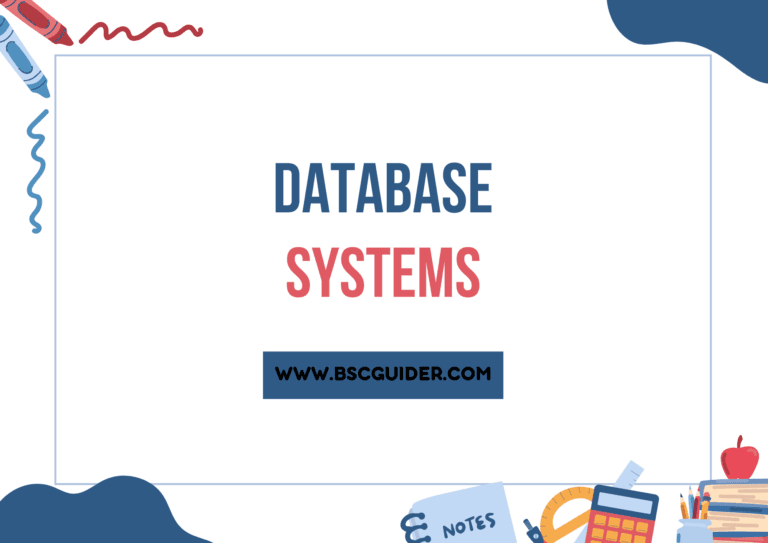
Database Systems is a core subject in the BSc CS 1st Semester. This course introduces students to the fundamentals of Database Systems, covering key concepts like data modeling, database design, relational databases, and querying languages like SQL. It is designed to build a strong foundation in the management and manipulation of data, which supports future learning in computer science. High-quality notes for this subject are provided by BSC GUIDER, a trusted source for BSc CS 1st Year students. These notes are carefully crafted to be clear and easy to understand, making them an excellent resource for mastering the essentials of Database Systems.
Database Systems Notes Unit 1 – 3
Unit 1
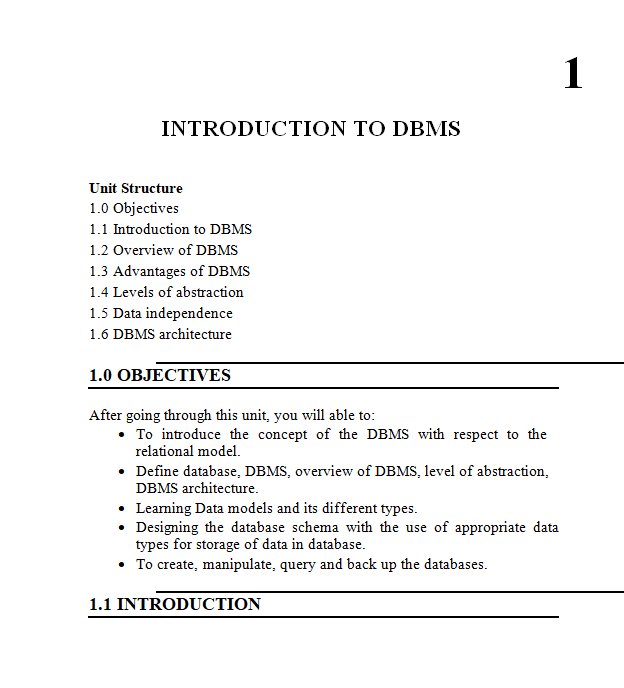
Introduction TO DBMS
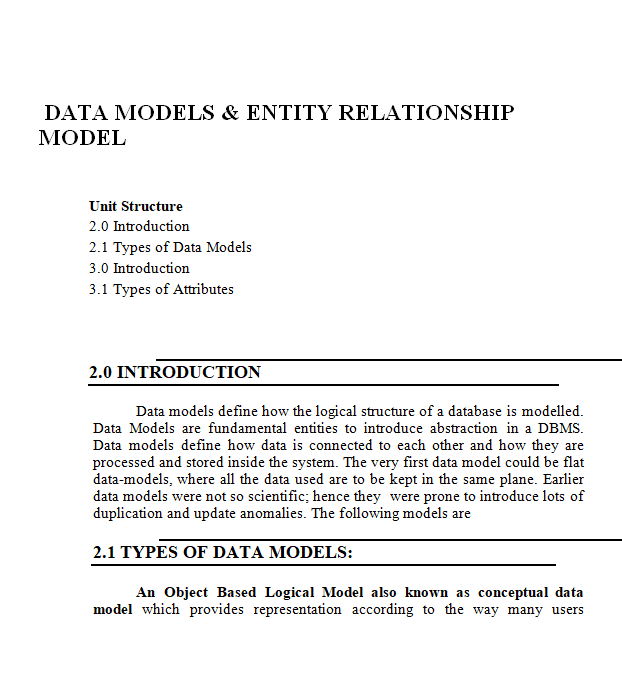
Database Models and Entity Relationship Models
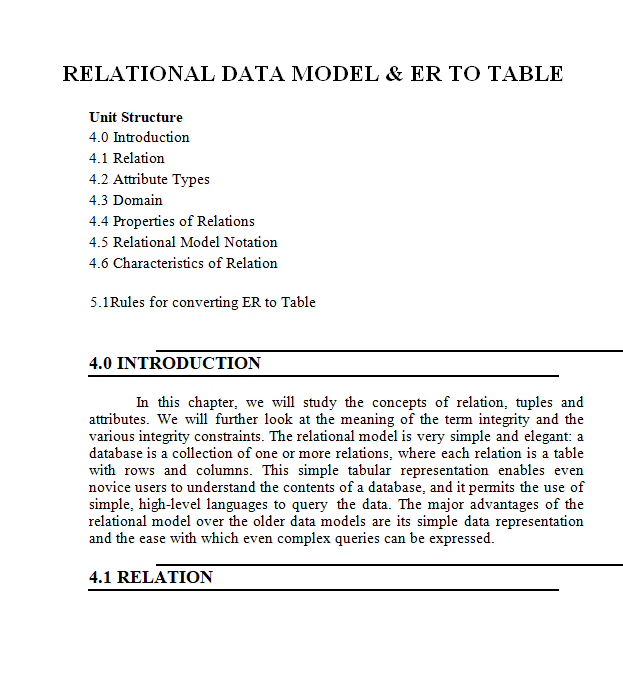
Relational Data Model and ER TO TABLE
Unit 2
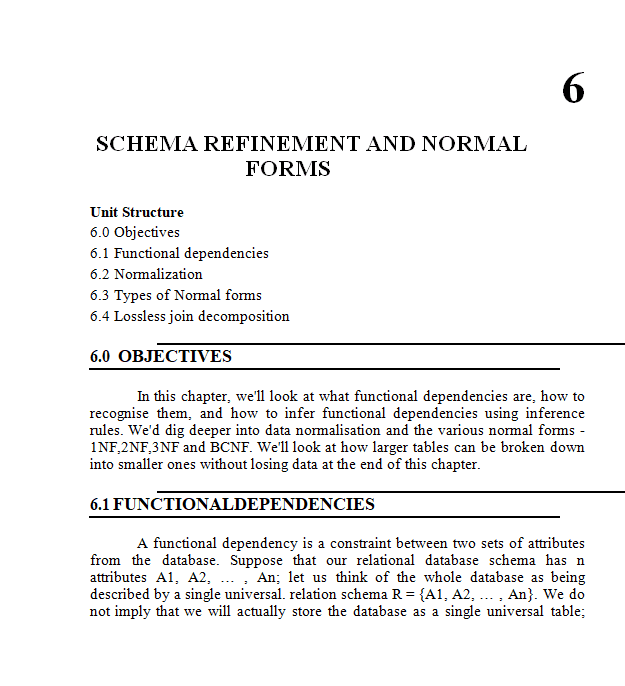
SCHEMA REFINEMENT AND NORMAL FORMS
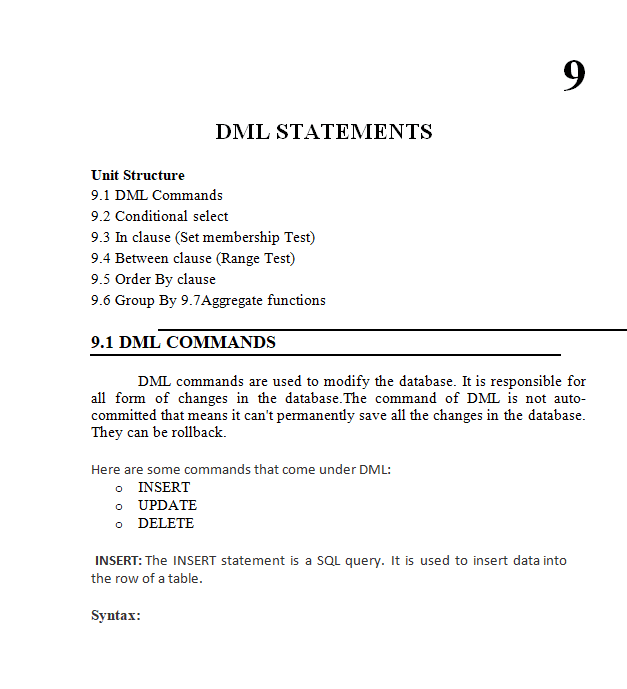
DML Statements
Unit 3
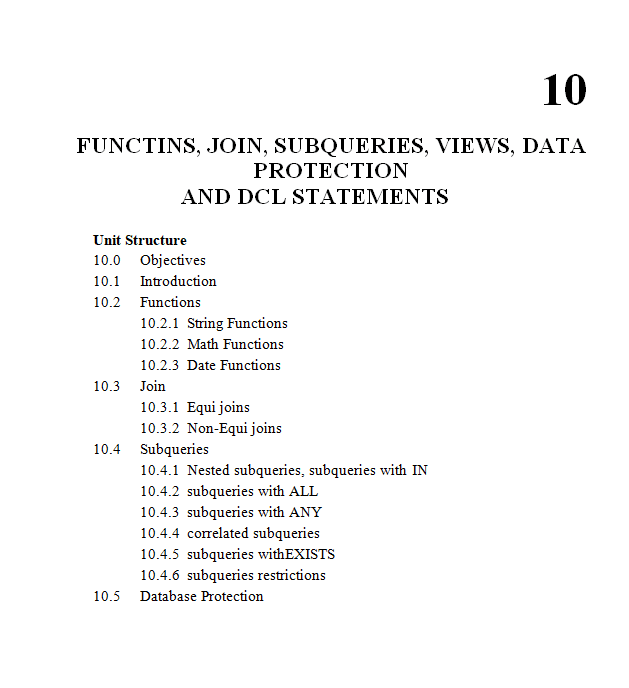
DATA PROTECTION AND DCL STATEMENTS
Objectives of Database Systems :-
The objective of this course is to introduce the concept of the DBMS with respect to the relational model, to specify the functional and data requirements for a typical database application and to understand creation, manipulation and querying of data in databases Expected Learning Outcomes
- Students should be able to evaluate business information problem and find the requirements of a problem in terms of data.
- Students should be able to design the database schema with the use of appropriate data types for storage of data in database.
- Students should be able to create, manipulate, query and back up the
Recommended Books and Resources
Text books:
- Ramez Elmasri & Shamkant Navathe, Fundamentals of Database Systems, Pearson Education, Sixth Edition, 2010
- Ramakrishnam, Gehrke, Database Management Systems, McGraw Hill, 2007
- Joel Murach, Murach’s MySQL, Murach, 2012
Additional References :
- Robert Sheldon, Geoff Moes, Begning MySQL, Wrox Press,
Murach’s MySQL (Joel Murach) Murach (2012)
100K+ Downloads
Begning MySQL (Robert Sheldon, Geoff Moes) Wrox Press (2005)
100K+ Downloads
Scope of Database Systems :-
Unit I:
Introduction to DBMS:
- Database
- DBMS Definition
- Overview of DBMS
- Advantages of DBMS
- Levels of abstraction
- Data independence
- DBMS Architecture
Data Models:
- Client/Server Architecture
- Object-Based Logical Model
- Record-Based Logical Model:
- Relational Model
- Hierarchical Model
- Network Model
Entity Relationship Model:
- Entities, Attributes, Entity Sets
- Relations, Relationship Sets
- Additional Constraints:
- Key Constraints
- Participation Constraints
- Weak Entities
- Aggregation / Generalization
- Conceptual Design using ER:
- Entities vs. Attributes
- Entity vs. Relationship
- Binary vs. Ternary Relationships
- Constraints beyond ER
Relational Data Model:
- Domains, Attributes, Tuples, and Relations
- Relational Model Notation
- Characteristics of Relations
- Relational Constraints:
- Primary Key
- Referential Integrity
- Unique Constraint
- Null Constraint
- Check Constraint
ER to Table:
- Entity to Table
- Relationship to Tables (with and without key constraints)
Unit II:
Schema Refinement and Normal Forms:
- Functional Dependencies
- First, Second, Third, and BCNF Normal Forms based on Primary Keys
- Lossless Join Decomposition
Relational Algebra Operations:
- Selection
- Projection
- Set Operations:
- Union
- Intersection
- Difference
- Cross Product
- Joins:
- Conditional Join
- Equi Join
- Natural Join
- Division
DDL Statements:
- Creating Databases
- Using Databases
- Data Types
- Creating Tables (with Integrity Constraints: Primary Key, Default, Check, Not Null)
- Altering Tables
- Renaming Tables
- Dropping Tables
- Truncating Tables
- Backing Up and Restoring Databases
DML Statements:
- Viewing the Structure of a Table
- Insert, Update, Delete
- Select:
- All Columns
- Specific Columns
- Unique Records
- Conditional Select (IN Clause, BETWEEN Clause)
- Limit
- Aggregate Functions:
- Count, Min, Max, Avg, Sum
- Group By Clause
- Having Clause
Unit III:
Functions:
- String Functions:
- Concat, Instr, Left, Right, Mid, Length, LCase/Lower, UCase/Upper, Replace, StrCmp, Trim, LTrim, RTrim
- Math Functions:
- Abs, Ceil, Floor, Mod, Pow, Sqrt, Round, Truncate
- Date Functions:
- AddDate, DateDiff, Day, Month, Year, Hour, Min, Sec, Now, Reverse
- String Functions:
Joining Tables:
- Inner Join
- Outer Join:
- Left Outer
- Right Outer
- Full Outer
Subqueries:
- Subqueries with IN, EXISTS
- Subquery Restrictions
- Nested Subqueries
- ANY/ALL Clause
- Correlated Subqueries
Database Protection:
- Security Issues
- Threats to Databases
- Security Mechanisms
- Role of DBA
- Discretionary Access Control
Views:
- Creating, Altering, Dropping, Renaming, and Manipulating Views
DCL Statements:
- Creating/Dropping Users
- Privileges Introduction
- Granting/Revoke Privileges
- Viewing Privileges
Syllabus of Database Systems :-
Unit 1
1.1 Introduction to DBMS
- Objectives
- Introduction to DBMS
- Overview of DBMS
- Advantages of DBMS
- Levels of abstraction
- Data independence
DBMS architecture
1.2 Data Models
- Intoduction to Data Models
- Types of Data Models
1.3 Entity Relationship Model
- Introduction to Entity Relationship Model
- Types of Attributes
1.4 Relational Data Model
- Introduction to Relational Data Model
- Relation
- Attribute Types
- Domain
- Properties of Relations
- Relational Model Notation
- Characteristics of Relation
1.5 ER to Table
- Rules for converting ER to Table
Unit 2
2.1 SCHEMA REFINEMENT AND NORMAL FORMS
- Objectives of Schema Refinement and Normal Forms
- Functional dependencies
- Normalization
- Types of Normal forms
- Lossless join decomposition
2.2 RELATIONAL ALGEBRA
- Introduction to Relational Algebra
- Selection
- Projection
- Set operations
- Joins
- Equi join and natural joins
2.3 CREATING DATABASES
- Database Create
- Deleting Database
2.4 DML STATEMENTS
- DML Commands
- Conditional select
- In clause (Set membership Test)
- Between clause (Range Test)
- Order By clause
- Group By
- Aggregate functions
Unit 3
3. FUNCTINS, JOIN, SUBQUERIES, VIEWS, DATA PROTECTION AND DCL STATEMENTS
- Functions
- String Functions
- Math Functions
- Date Functions
- Join
- Equi joins
- Non-Equi joins
- Subqueries
- Nested subqueries, subqueries with IN
- subqueries with ALL
- subqueries with ANY
- correlated subqueries
- subqueries withEXISTS
- subqueries restrictions
- Database Protection
- Security Issues
- Threats to Databases
- Security Mechanisms
- Role of DBA
- Views
- Create Views
- DropViews
- Update Views
- DCL Statements
- Privileges introduction
- Granting/revoking privileges,
Viewing privileges